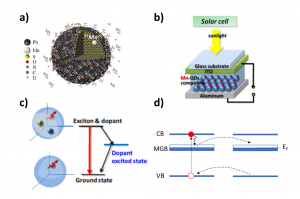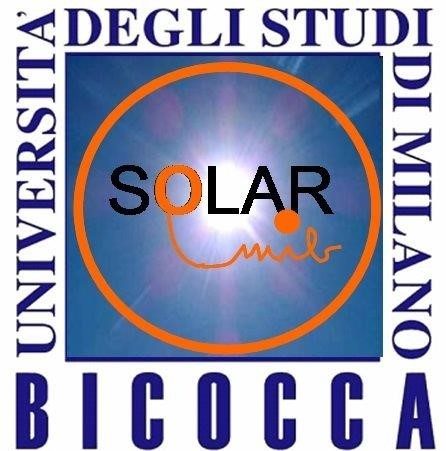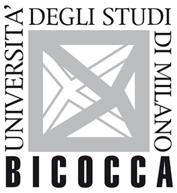Quantum dots (QDs)-based solar cells[1] (Figure 1a, b) have recently attracted tremendous research interest because they have been considered as one the most promising candidate for the next generation of photovoltaic devices.[1a] However, their application is hindered due to their relatively low power conversion efficiency (PCE), the lack of long-term stability, and/or toxicity compared to Si-based solar cells.
Recently it has been suggested that a powerful strategy to enhance the performance of QD-based solar cells is to introduce optically active transition metal (TM) ions such as Mn2+.[2] TM ions in QDs modify their electronic and photophysical properties[3] and can generate long-lived charge carriers by retarding the recombination losses of electrons (Figure 1c). In particular, TM ions in QDs can lead to large charge accumulation via formation of long-living mid band gaps states which can be exploited in QD-sensitized solar cells (Figure 1d).[4]
This new strategy can effectively boost the efficiency of solar cells. Despite the promising results achieved on Mn2+ doped CdS QDs[2a] little efforts have been made in this direction, mainly because the discovered effect of dopant mid-band gap states on enhancing solar cells performance is poorly understood.
Our research aims at shedding light on the effect of structure, composition, doping, and morphology properties of the magnetically doped QDs and their correlation with their complex magnetic-optical and electronic interactions. Operando-Electron Spin Resonance (O-ESR) spectroscopy will be implemented on QDs-solar cells to directly probe the effects of electron spin-flip transitions on the energy conversion efficiency of the solar cells.[5] This is a powerful technique to find direct correlations between material properties and device performances which will ultimately enable to further improve the durability and performance of solar cells. Thus, these studies will underpin the performance deterioration mechanisms as well as the physical mechanisms of solar cells in details.
In addition, O-ESR is a versatile technique which can be implemented to study other solar cells made of organic molecules and perovskites from the material to the device.[5]

Research team: Fabrizio Moro (UniMib - Italy), Federico Rosei (INRS - Canada), Gurpreeth Singh (INRS - Canada).
Funding: This research features the collaboration between the UniMib and INRS through the Canada-Italy Innovation Award 2022.
[1] a) H. Zhang, G. S. Selopal, Y. F. Zhou, X. Tong, D. Benetti, L. Jin, F. Navarro-Pardo, Z. M. Wang, S. H. Sun, H. G. Zhao, F. Rosei, Nanoscale 2017, 9, 16843; b) W. Y. Liu, Q. L. Lin, H. B. Li, K. F. Wu, I. Robel, J. M. Pietryga, V. I. Klimov, J. Am. Chem. Soc. 2016, 138, 14954.
[2] a) P. K. Santra, P. V. Kamat, J. Am. Chem. Soc. 2012, 134, 2508; b) D. J. Norris, A. L. Efros, S. C. Erwin, Science 2008, 319, 1776.
[3] a) F. Moro, L. Turyanska, J. Wilman, H. E. L. Williams, A. J. Fielding, A. Patanè, Nano Lett. 2016, 16, 6343; b) F. Moro, L. Turyanska, J. Wilman, A. J. Fielding, M. W. Fay, J. Granwehr, A. Patanè, Sci. Rep. 2015, 5; c) F. Moro, L. Turyanska, J. Granwehr, A. Patanè, Phys. Rev. B 2014, 90, 205428.
[4] P. Nagpal, V. I. Klimov, Nat. Commun. 2011, 2, 486.
[5] T. Watanabe, T. Yamanari, K. Marumoto, Communications Materials 2020, 1.

 '
'